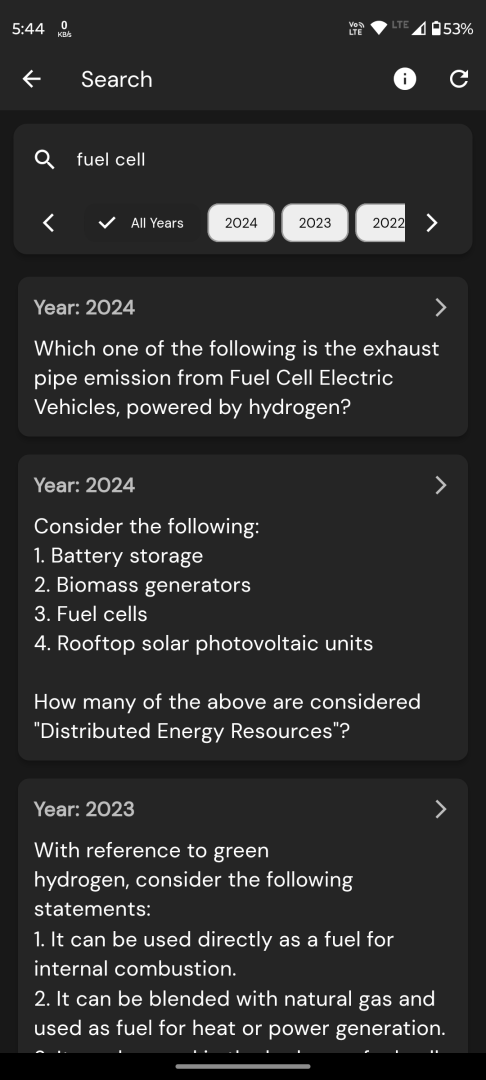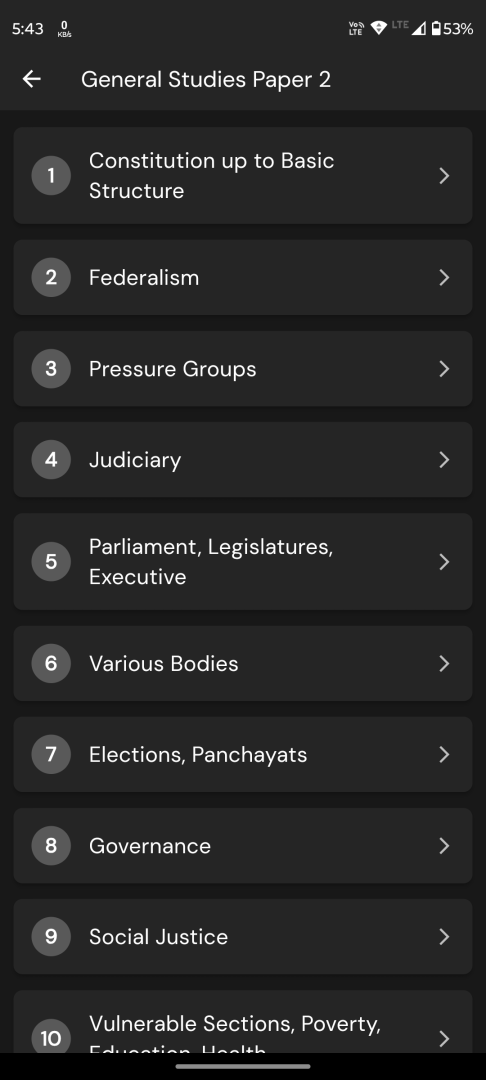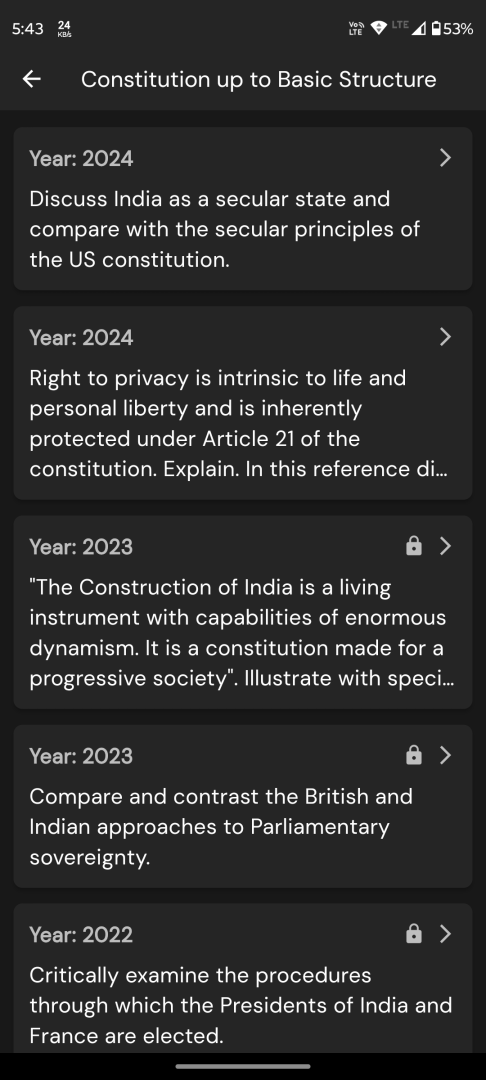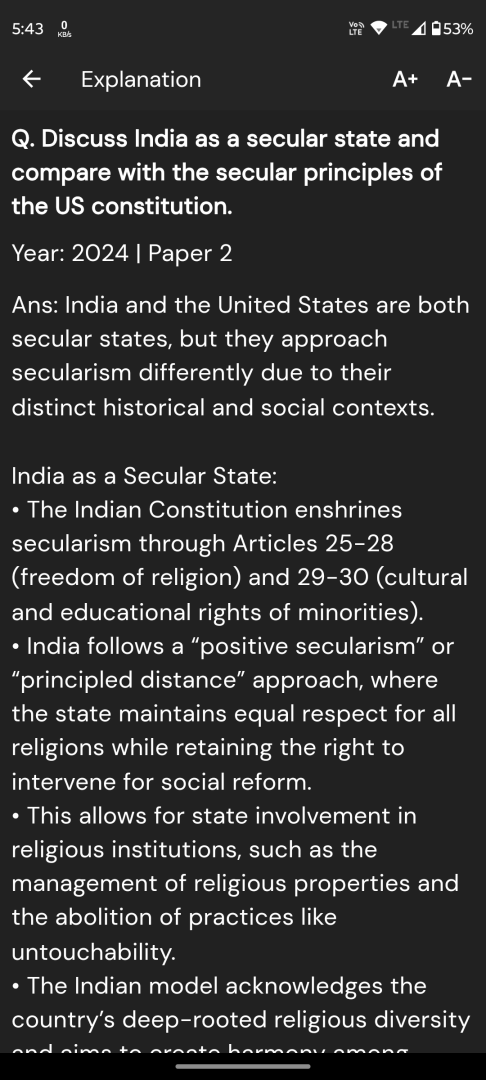Q. In the context of WHO Air Quality Guidelines, consider the following statements:
1. The 24-hour mean of PM2.5 should not exceed 15 ug/m³ and annual mean of PM2.5 should not exceed 5 µg/m³.
2. In a year, the highest levels of ozone pollution occur during the periods of inclement weather.
3. PM10 can penetrate the lung barrier and enter the bloodstream.
4. Excessive ozone in the air can trigger asthma.
Which of the statements given above are correct?
a) 1, 3 and 4
b) 1 and 4 only
c) 2, 3 and 4
d) 1 and 2 only
Correct Answer: b) 1 and 4 only
Question from UPSC Prelims 2022 GS Paper
Explanation :
WHO Air Quality Guidelines
The World Health Organization (WHO) provides guidelines for air quality that set recommended limits for the concentration of pollutants in the air. These guidelines are designed to protect human health from the adverse effects of air pollution.
Analysis of WHO Air Quality Statements
Let’s examine the statements one by one:
PM2.5 Guidelines
1. The 24-hour mean of PM2.5 should not exceed 15 µg/m³ and annual mean of PM2.5 should not exceed 5 µg/m³.
This statement is incorrect according to the latest WHO Air Quality Guidelines (2021). The WHO recommends that the 24-hour mean of PM2.5 should not exceed 15 µg/m³, but the annual mean should not exceed 5 µg/m³.
Ozone Pollution and Weather
2. In a year, the highest levels of ozone pollution occur during the periods of inclement weather.
This statement is incorrect. Ozone pollution tends to be higher during sunny periods with high temperatures and stagnant air conditions. Inclement weather, which often involves rain and wind, can help disperse pollutants and reduce ozone levels.
PM10 Health Impact
3. PM10 can penetrate the lung barrier and enter the bloodstream.
This statement is partially correct. While PM10 (particulate matter with a diameter of 10 micrometers or less) can penetrate deep into the lungs, it is the smaller PM2.5 particles that are more likely to penetrate the lung barrier and enter the bloodstream.
Ozone and Asthma
4. Excessive ozone in the air can trigger asthma.
This statement is correct. Ozone is a powerful respiratory irritant, and high levels of ozone can trigger asthma attacks and exacerbate other respiratory conditions.
Based on the analysis above, the correct statements are 1 (with the corrected values for PM2.5) and 4. Therefore, the correct answer is “1 and 4 only” if we correct the values in statement 1 to align with the WHO guidelines.





